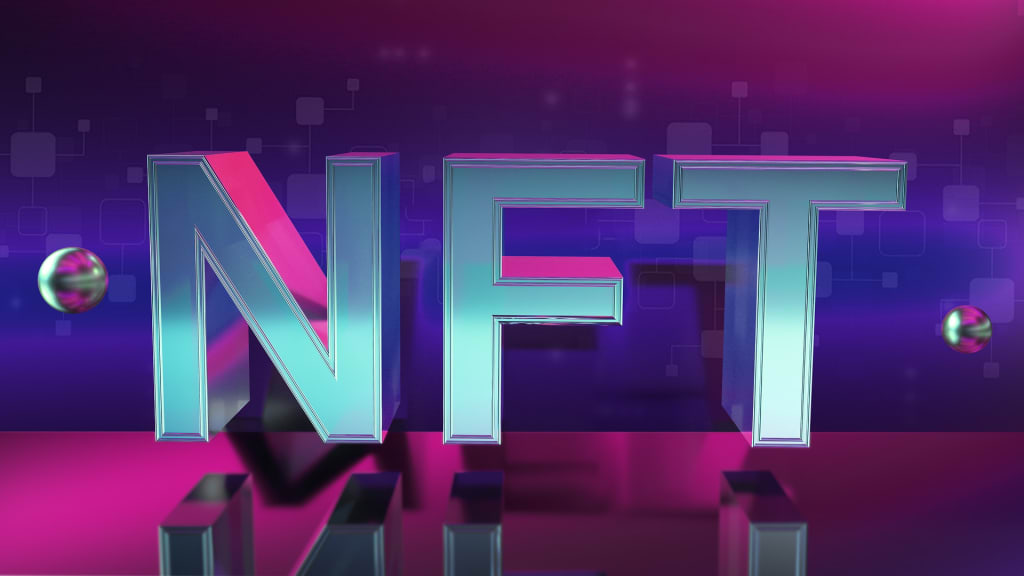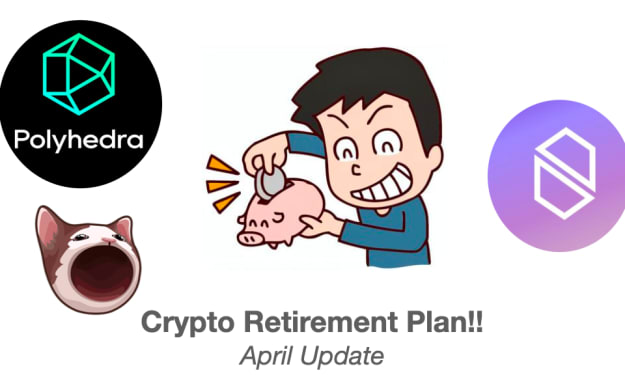How To Create An NFT!
A full breakdown of the hottest thing currently happening in the crypto space.

In the past few years, blockchain tokens have emerged as a new form of digital asset in the world. The market for blockchain-based tokens is growing rapidly, with over 1 billion USD raised in just the first half of this year alone.
NFTs are non-fungible tokens, meaning each one is unique and distinguishable from other types of NFTs. There are many different ways to create an NFT, but here are some steps you can take to begin your journey into blockchain token development!
What are Non-Fungible Tokens?
NFTs are tokens that can be uniquely identified and distinguished from other types of tokens. NFTs are created by taking a token like Bitcoin or Ethereum, for example, and "cutting it up" into many different pieces. This process is called "tokenizing." Every piece is then sent to a different wallet, with a unique ID that determines its value.
Creating Your Own NFT
There are many different ways to create an NFT, but here are some steps you can take to begin your journey into blockchain token development.
1. Pick a specific type of asset to represent
Any physical object or digital product can be turned into an NFT by assigning it a unique ID and describing its properties. You can also use the concept of ownership as well, so if you want to create an NFT for a record or deed then you would incorporate the idea of ownership on that NFT.
2. Create a smart contract that defines the rules for creating and trading your tokens
In order to have an NFT, you need a digital representation that defines the rules for creating and trading those tokens. You will need to write the code in Solidity - Ethereum's programming language - which defines how your tokens will work within the Ethereum ecosystem. This includes defining how many tokens exist, what they can be used for, and defining specific methods like transferring ownership of one token to another person or sending one token as payment for something else.
3. Turn your smart contract into code
Once you've written your code in Solidity, it needs to be compiled into bytecode before it can actually become reality! This is done using a compiler program such as solc or remix (the Ethereum community has created their own compilers). The resulting bytecode should then be transferred onto the Ethereum blockchain platform so that it becomes available for users to buy and sell on exchanges.
Design considerations
Designing your NFT might be the most important part of the process, so it's important to consider your design carefully. There are many different design considerations that you should keep in mind when developing your token. For example, you'll want to decide whether or not you want your tokens to have attributes (properties) and what those properties will be. You'll also want to think about how different types of users will interact with your token, both now and in the future; this is important because if you're designing an NFT-playing game, for example, you'll want to ensure there are enough tokens available for players.
You should also consider the technical side of things when designing your NFTs. You might decide that certain features should be turned on by default and what some basic settings could be. You might also want to think about how a user interacts with their NFTs: for example, do they have access to change a token's attributes? As with any other type of software development project, it's important to consider all aspects and plan ahead!
Getting your token on a blockchain
Before you can start using a blockchain, you need to choose one that your NFT will be compatible with. Currently, the two most popular blockchains are Ethereum and EOS.
Ethereum is one of the first platforms to hold an initial coin offering (ICO), and has been around for 7 years. Ethereum’s network is known for being a popular choice for decentralized applications (dapps). It is also a popular choice because it has many diverse tools available for developers to work with. On the other hand, EOS was just launched in late June 2018, so it’s still new in comparison to Ethereum. EOS claims that it can process thousands of transactions per second. There are pros and cons to both options; it’s up to you to decide which blockchain would be best for your token!
Conclusion
If you’re looking to create your own non-fungible token, there are three steps to follow.
First, you need to understand what a non-fungible token is. Then, you need to design the token. Finally, you need to get the token on a blockchain.
To design your token, there are a few considerations you need to take into account. Firstly, what is your token for? Secondly, what message do you want to convey through your design? And finally, which style of design do you prefer?
Once you’ve got all of this figured out, it’s time to get your token on the blockchain. There are a few ways to do this, the most popular being Ethereum. Once your token is on the blockchain and ready for use, it will be available for purchase!
About the Creator
Ceaser Buris
Taking all of the knowledge gained over the years, I've decided to try to conquer something out of the norm for me and that's writing content for others' enjoyment.
I hope I'm able to pique your interest as well as stimulate your mind.






Comments
There are no comments for this story
Be the first to respond and start the conversation.